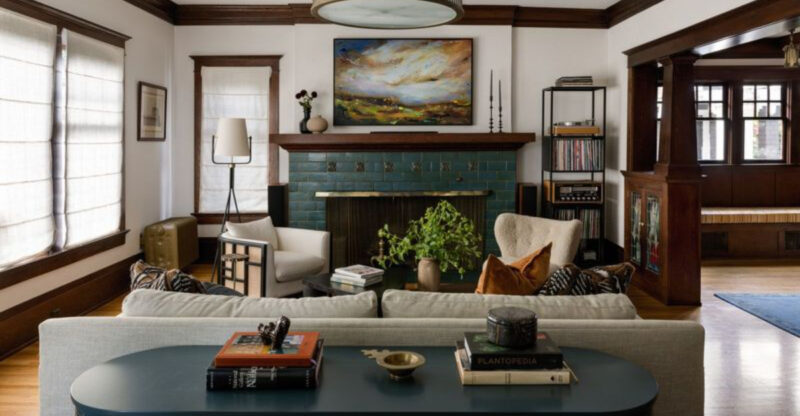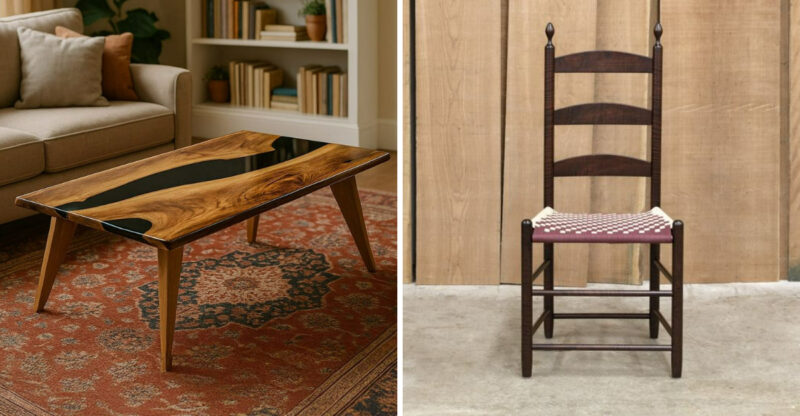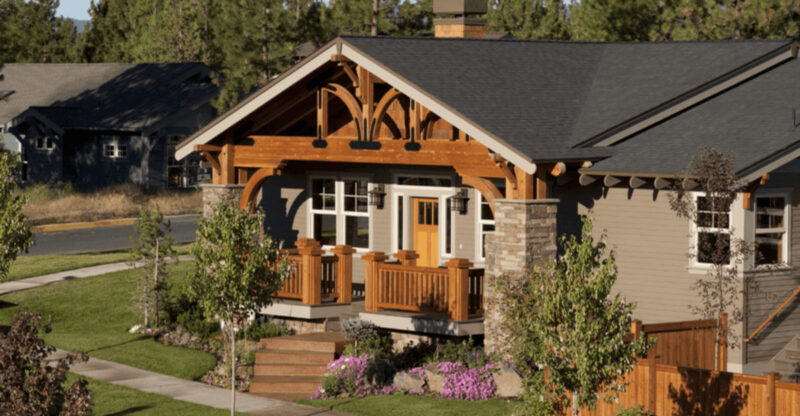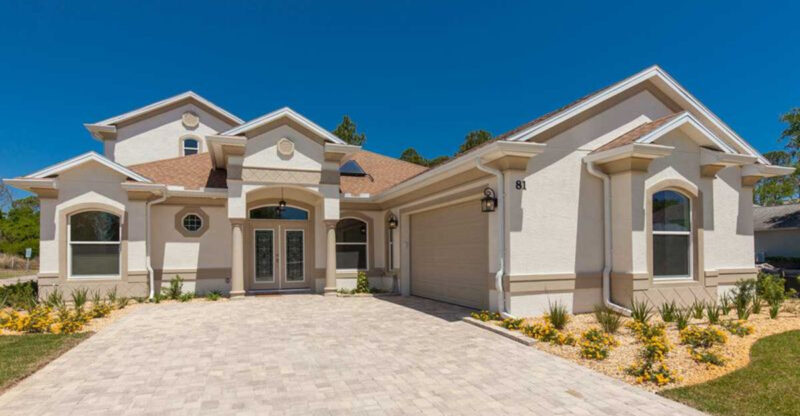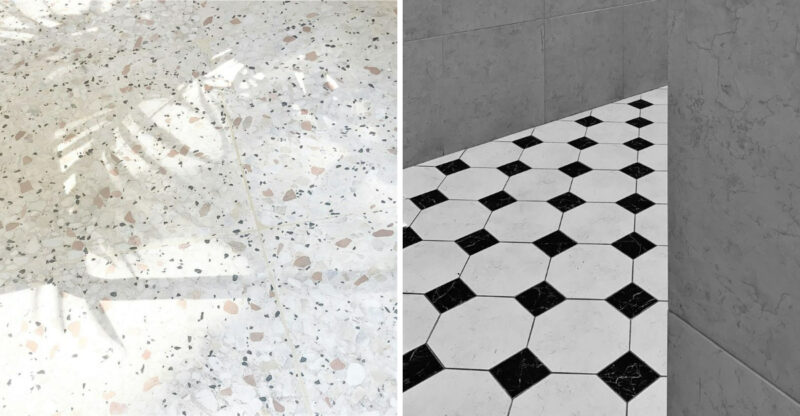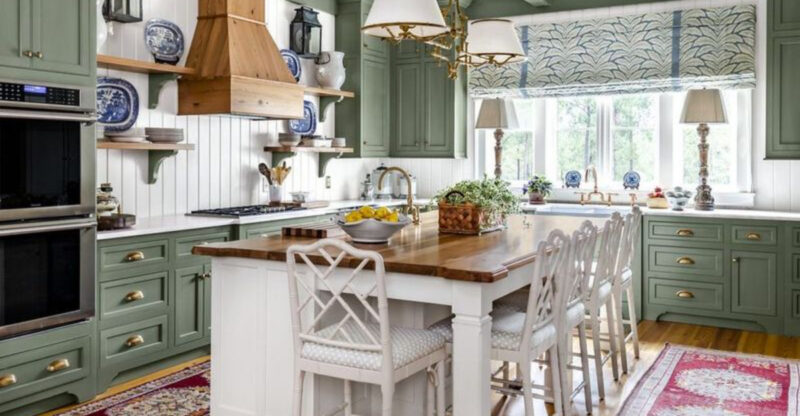These 10 Home Styles In Charlotte Could Lose Serious Value In 2025
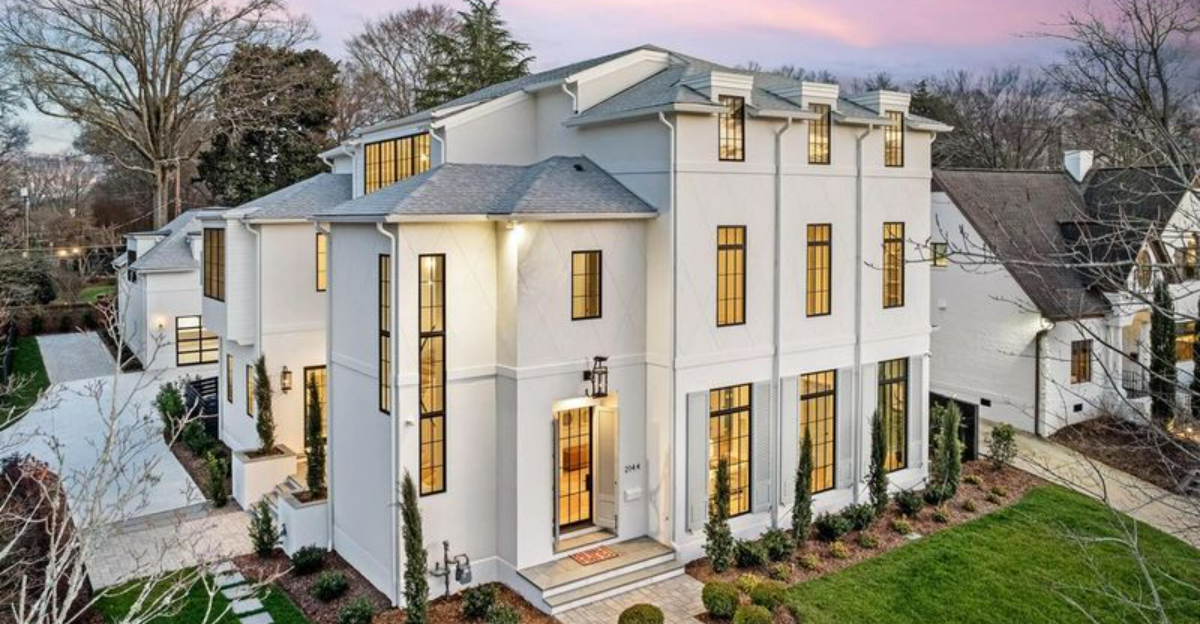
Charlotte’s housing scene isn’t what it used to be. As buyer tastes shift and neighborhood dynamics evolve, some home styles that once topped wish lists are starting to fall out of favor.
Based on market trends and expert insights, there are certain home types in Charlotte that could see a noticeable drop in value in the coming years. If you’re a homeowner – or thinking about becoming one – it’s worth knowing which styles might not hold up as the market continues to change.
1. McMansions With Wasted Space
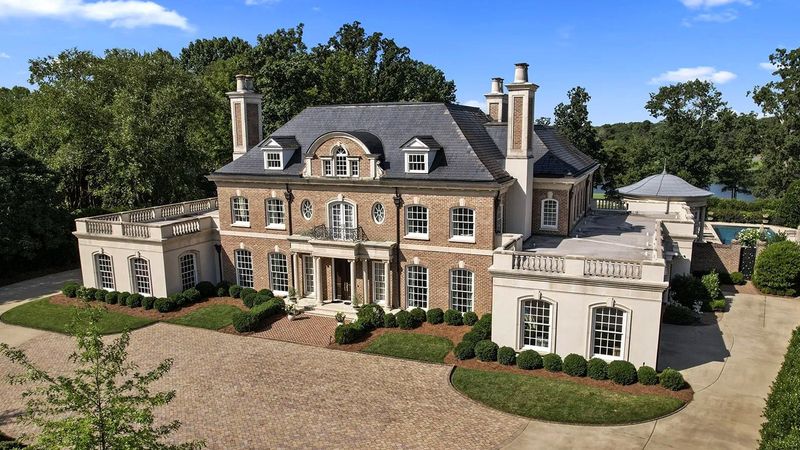
Remember when bigger was always better? Those days are fading fast in Charlotte’s housing market. Oversized homes with formal dining rooms, excessive hallways, and rooms nobody uses are falling out of favor with today’s buyers.
Young families and professionals prefer efficient layouts where every square foot serves a purpose. Energy costs for these behemoths are another turnoff, especially as utility prices continue climbing throughout the Carolinas.
Several Charlotte neighborhoods like Ballantyne and Weddington are already seeing these properties sit longer on the market, often with price reductions.
2. Outdated Ranch Homes Without Updates
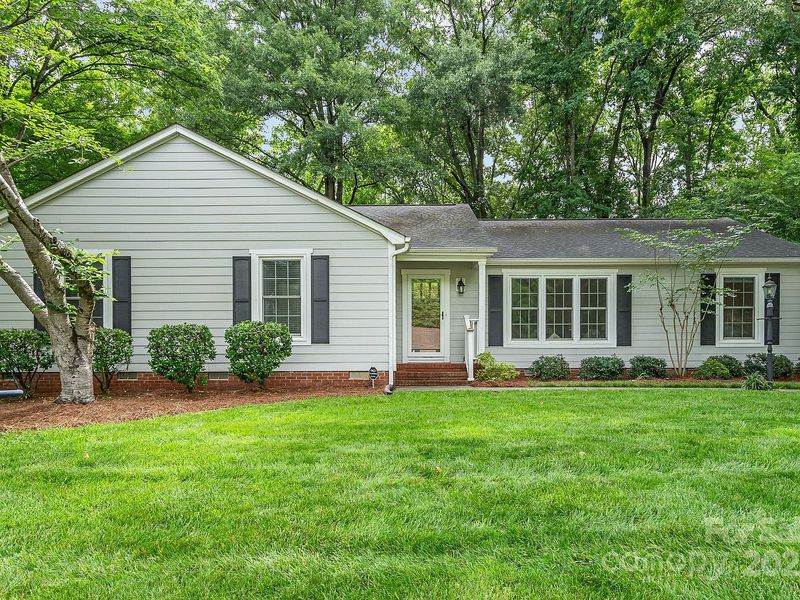
Ranch homes built in the 1970s-1980s that haven’t seen renovations are becoming increasingly difficult to sell at premium prices. The closed-off floor plans and compartmentalized rooms contradict what today’s Charlotte buyers want.
Dated wood paneling, popcorn ceilings, and tiny primary bathrooms particularly hurt these properties’ values. Neighborhoods like Cotswold and Madison Park have many of these homes.
While location still matters, buyers are increasingly unwilling to pay top dollar for properties requiring extensive modernization when newer options exist nearby.
3. Cookie-Cutter Townhomes In Oversaturated Areas
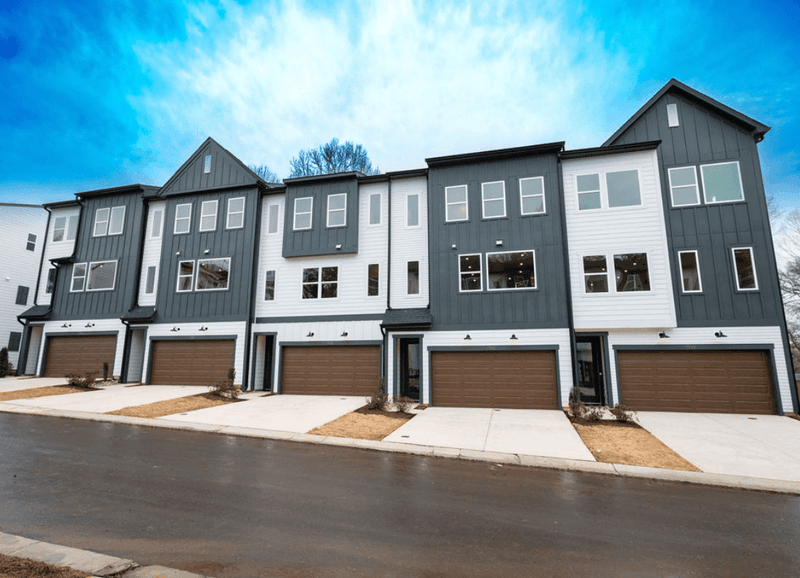
South End and NoDa have experienced massive townhome development booms. The problem? Many of these properties look virtually identical, offering little uniqueness or character to distinguish them from neighbors.
Market saturation is becoming a real concern. When similar units flood the same area, they compete directly against each other, driving prices down.
The cookie-cutter designs with minimal architectural interest and standard finishes will likely see values plateau or decline as buyers seek properties with more personality and craftsmanship in these otherwise desirable neighborhoods.
4. Homes With Poor Energy Efficiency
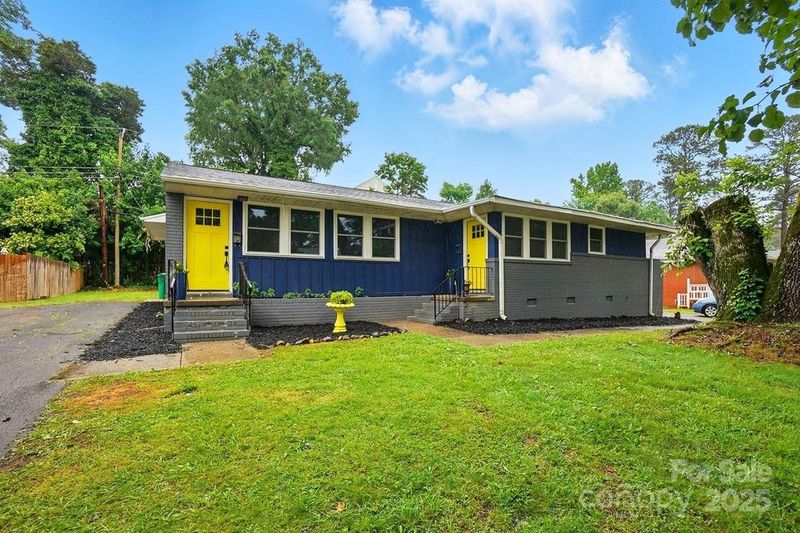
Rising energy costs are making buyers increasingly conscious of home efficiency. Properties with outdated windows, minimal insulation, and aging HVAC systems are rapidly losing appeal across Charlotte neighborhoods.
Older homes in areas like Plaza Midwood and Elizabeth often suffer from these issues. The cost to heat and cool these properties can be substantially higher than newer or renovated alternatives.
As Charlotte continues promoting sustainability initiatives, homes scoring poorly on energy assessments will likely see values drop as buyers factor in the long-term operational costs alongside purchase price.
5. Ultra-Luxury Homes In Fringe Locations
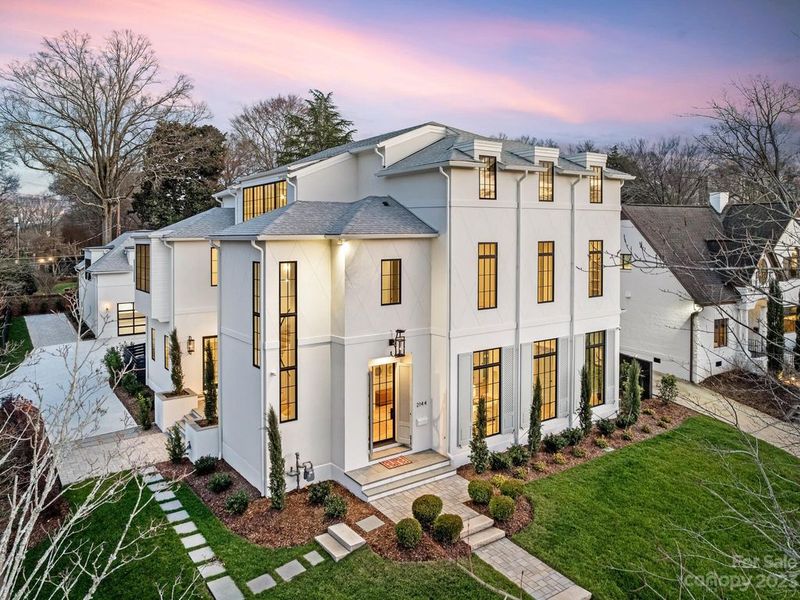
Million-dollar-plus homes built in speculative or transitional areas are facing uncertain futures. These properties often represent significant overbuilding for their locations, creating value vulnerability.
Areas like parts of University City or emerging suburbs where luxury homes stand amid more modest neighborhoods may see these properties depreciate faster. The disconnect between home value and location becomes increasingly problematic during market corrections.
Without the established luxury infrastructure (high-end shopping, dining, schools) to support their price points, these homes often sell at discounts when owners need to move.
6. Split-Level Homes From The 1980s-1990s
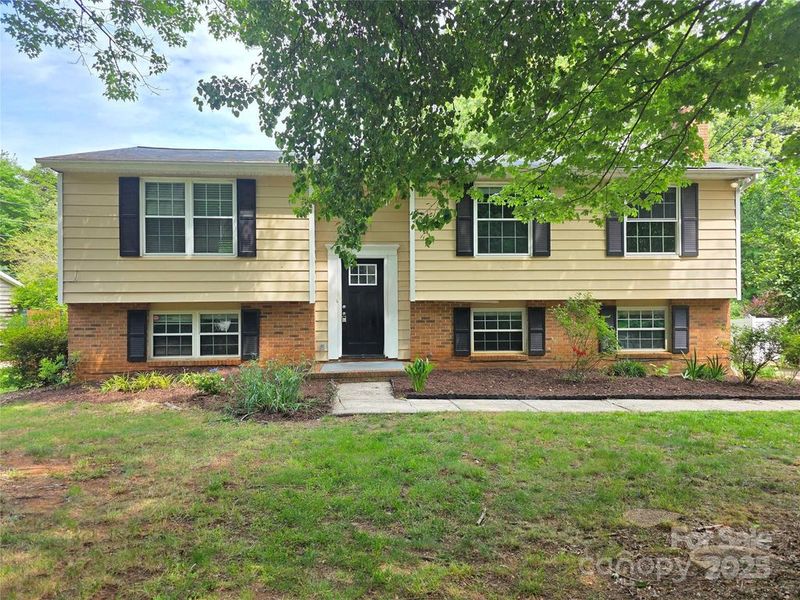
Once popular during Charlotte’s suburban expansion, split-level homes are falling from favor with today’s buyers. The awkward half-flights of stairs and compartmentalized rooms create flow problems that conflict with contemporary preferences.
Many of these homes cluster in neighborhoods like Sardis Forest and Olde Providence. Their choppy layouts make renovations particularly challenging and expensive, further dampening buyer enthusiasm.
7. Homes Without Dedicated Work Spaces
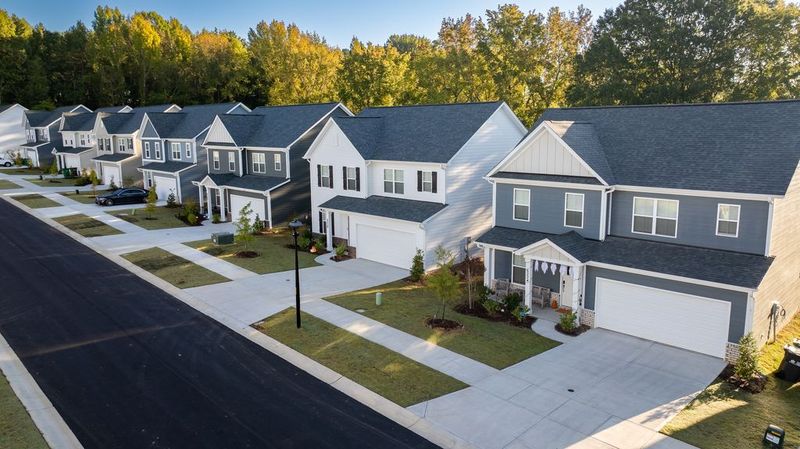
The pandemic permanently changed how we view home functionality. Properties lacking dedicated office space or flexible rooms that can serve as workstations are increasingly disadvantaged in Charlotte’s market.
Even as some workers return to offices, hybrid work arrangements remain common. Homes in areas like Steele Creek and Highland Creek without these features are seeing longer market times.
Buyers are increasingly unwilling to compromise on workspace needs, making homes without these features less competitive and more likely to see value declines as work-from-home continues normalizing.
8. Starter Homes With Minimal Outdoor Space
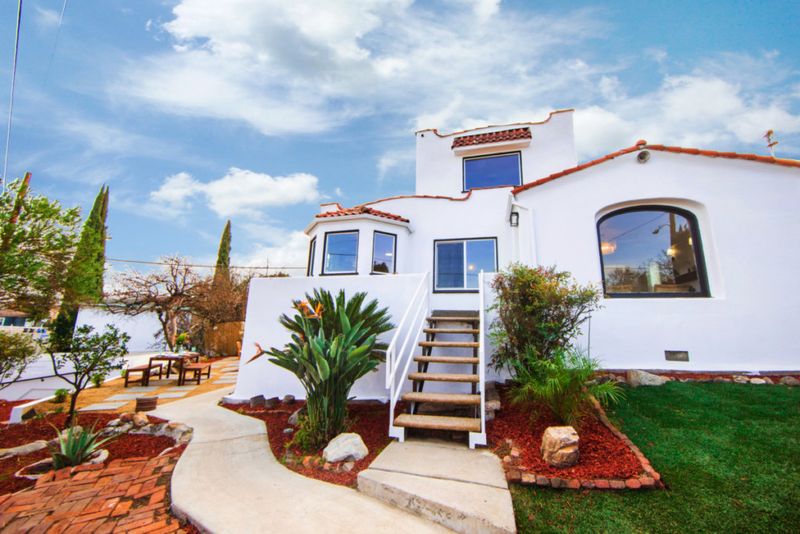
Charlotte’s climate makes outdoor living spaces highly desirable. Smaller homes with tiny yards or no usable outdoor areas are increasingly disadvantaged in the market, especially after pandemic-era lifestyle shifts.
Neighborhoods like Villa Heights and Seversville have many homes on small lots that may face growing buyer resistance. The inability to garden, entertain outside, or let children play safely has become a significant drawback.
As nearby homes with better outdoor amenities maintain value, these properties with minimal exterior space will likely see comparative depreciation continuing through 2025.
9. Homes With Outdated Primary Bathrooms
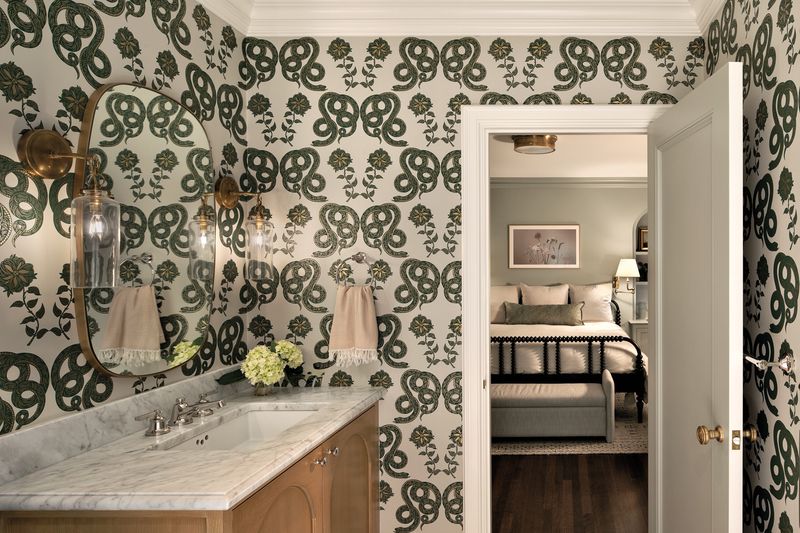
Primary bathroom expectations have evolved dramatically in Charlotte. Homes featuring tiny ensuite bathrooms with single sinks, cramped shower-tub combinations, and limited storage are increasingly value-challenged.
Areas like Sardis Woods and Beverly Woods have many homes with these dated bathroom configurations. What was once considered luxury now feels inadequate to many buyers.
While kitchen updates often still sell homes, primary bathroom limitations are becoming harder for buyers to overlook, especially when competing properties offer spa-like retreats that support daily wellness routines.
10. Homes On Busy Roads With Increasing Traffic
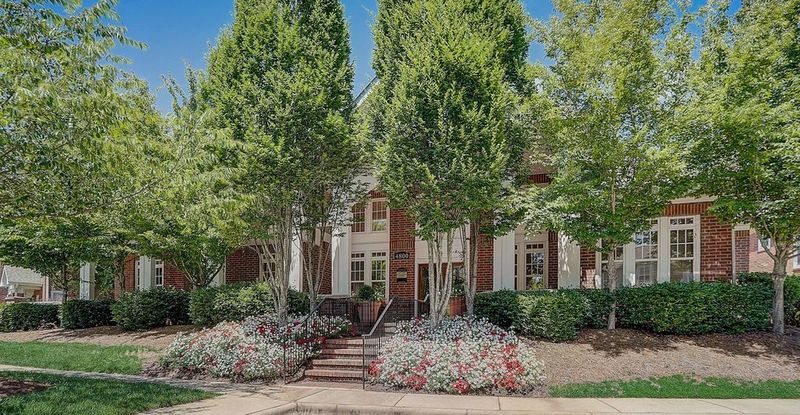
Charlotte’s rapid growth has transformed once-quiet streets into busy thoroughfares. Homes along roads like Providence Road, Sardis Road, and parts of Rea Road face growing noise, pollution, and safety concerns.
As traffic continues intensifying with ongoing development, these properties become less desirable regardless of their interior features or architectural style. The constant background noise and difficulty entering/exiting driveways creates daily frustration.
While location near amenities remains important, being directly on increasingly congested roads represents a growing liability for property values.

